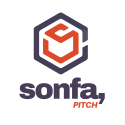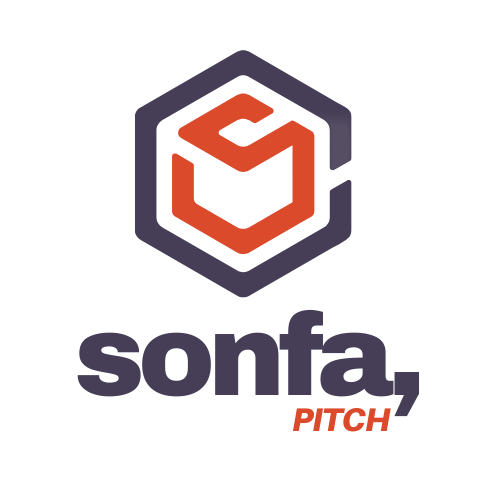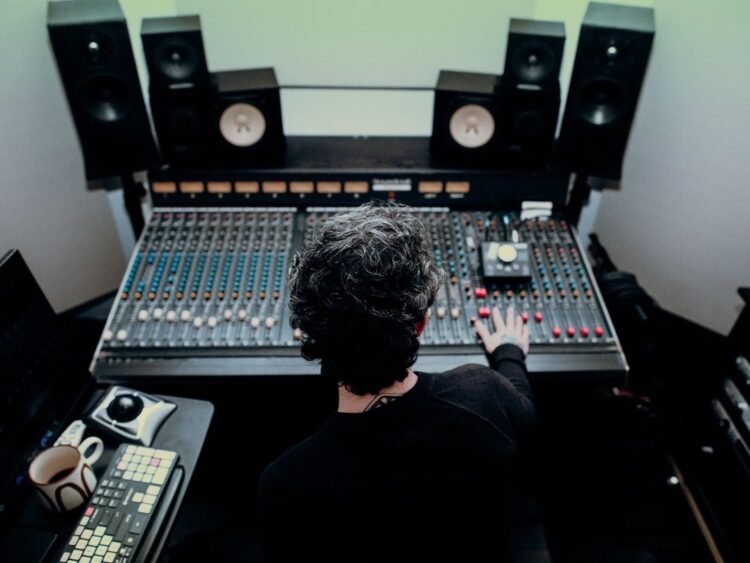Much of the music that inspires our modern recording workflow comes from earlier eras of sprawling mixing consoles in rooms packed with compressors and tape machines. Live bands would lay down song beds in lively rooms with overdubs and layers to come later. In the modern day, we still have access to all this old equipment, but digital audio workstations (DAWs) give us immense power to easily edit, comp, shift, and adjust our music, as well as tune, quantise, time align, re-amp and re-route.
Plugins are sounding better and better, and it’s common for many producers and engineers to work entirely on laptops. But there’s still something romantic about racks of tube-filled compressors, rows of buttons and potentiometers on a console, all sending and receiving sound to and from a tape machine.
The reality, however, is that an artist I’m working with has every right to request minute changes, thanks to the technology we have available today. I might recall all the analogue equipment with the photos and notes I meticulously took, but it may not sound quite the same, and a quick null test in the digital realm confirms something has changed. Will the band notice? I hope not. It’s their music I’m working on after all.
Harnessing the best of both worlds, analogue and digital, is a tough one to wrangle. Some bands don’t really care how you’re achieving that final mix, as long as you get to the finish line. I struggle to say ‘No’ when they’re asking for revisions or changes to a mix. And why should I? The digital realm has enabled us to save a session, requiring zero recall. The relative ease of nudging that hi-hat they’re unhappy with is tough to argue with.

But I enjoy working on analogue stuff. I feel like I have a better overview of my mix, being able to see faders and EQ laid out on a console. The limitation of the workflow forces me to think my way out of problems, while also providing a more uniform sound when everything is running through the same channel strip. It brings me joy, and while I could achieve entirely in-the-box, that’s not always the point.
Having spent a few years working on a small Soundcraft 200B console as a summing mixer with some outboard equipment, I spent more time recalling a mix than on the revisions themselves. Mixing itself was fine; I’d do some cleanup work and balancing in my DAW, then take my time sending audio around, shifting faders and compressing it all before recording it back into my DAW. Revisions, however, became the hurdle, and (understandably) bands expect no changes besides what they’ve asked for when sending mixes back and forth.
Analogue equipment, consoles especially, are very much alive and imperfect. Depending on the temperature, time of day (compared to when they were first powered up) and more, they can deviate sonically by more than you’d think. Even without touching anything, my mixes would shift from day to day.
My solution came as an old Soundcraft Series 8000 console for $800 AUD, a few minutes from home. It needed a little love, some elbow grease and a handful of new lamps for the VU meters, but it was in otherwise working order. A huge jump from the 200B, the 8000 gave me direct outs on every channel, a more detailed EQ, extra auxiliaries and additional insert points. The direct outs were the selling point for me, allowing each of the 24 faders to be recorded back into my DAW.

What this enabled was a solution to the hybrid workflow I’d been pursuing. While plugin emulations exist, there’s something about the tactility of a real console that works for my mixing brain. I can see each channel before me and make adjustments quickly without toggling menus or scrolling across a screen. My newfound workflow has a little compromise on my end (I don’t use the groups or even master fader on the console), but it makes for a more consistent and seamless experience for my clients; ultimately, the reason I’m doing all this.
The 24 faders are fed by digital sub groups like lead vocal, stereo backing vocals, kick drum, snare, through to rhythm guitars and more. The beauty of this is that I can mix sources per channel with outboard inserted if I like, as well as console EQ. Once balanced and mixed, I print each fader back into my DAW to be summed digitally, so in this sense I’m using the console as 24 pieces of outboard.

Recall is non-existent, unless the band wants a total do-over, where recall wouldn’t be all that helpful anyway. My patchbay is normalled from converter output to console input, direct output to converter input, so I don’t need to patch besides outboard. Don’t be fooled, though; each of these normalled connections required physical connection, soldering, heat shrinking and a test tone, while also limiting me to the physical hardware I have available; one compressor means one source is compressed! But I can mix to my heart’s content with the confidence that whatever I mix on the day will be printed and committed to digital, with the summing and mix bus processing all being in-the-box.
A client has every right to request changes, and it’s ultimately my choice to work this way — my clients shouldn’t feel compromised because of the archaic nature of analogue recalls. They should just be able to harness the sonic bliss of the op-amps, transformers and circuitry I choose to employ.

Get the MusicTech newsletter
Get the latest news, reviews and tutorials to your inbox.






